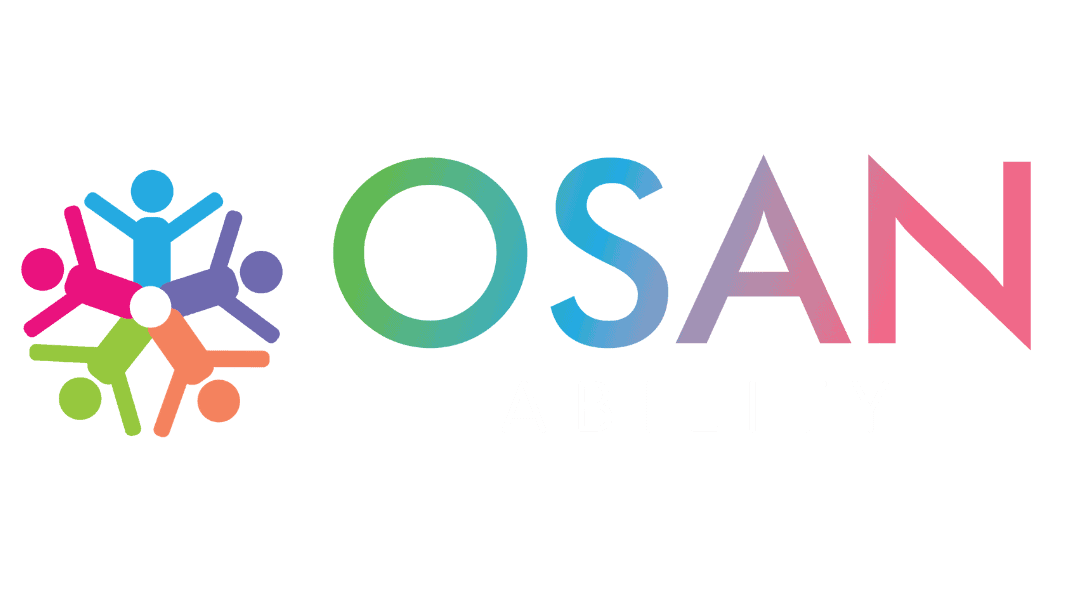As an Australian, you may have heard of the National Disability Insurance Scheme (NDIS) and occupational therapy (OT). Both play vital roles in supporting people with disabilities to achieve their goals and live their best lives. This article will explore how NDIS and OT provide disability accommodation and support.
What Is NDIS?
The NDIS is a government-funded scheme that funds people with disabilities to receive the support and services they need. This support includes personal care, transport, therapy, equipment and home modifications. NDIS funding is based on an individual’s needs and goals to help them participate fully in their community and achieve their aspirations.
What Is Occupational Therapy?
Occupational therapy helps people engage in meaningful activities or occupations that are important to them, such as self-care activities, work, leisure, and social participation. This approach helps individuals build the skills and confidence they need to live independently and participate fully in their community. For example, an occupational therapist might work with someone who has a physical disability to develop their strength and mobility or with someone who has a cognitive disability to develop their problem-solving and decision-making skills.
The Relationship between Ndis Funding and Occupational Therapy
NDIS funding can be used to access occupational therapy services provided by qualified and registered occupational therapists. The amount of funding available for occupational therapy will depend on the individual’s needs and goals and the budget allocated by the NDIS.
One of the key benefits of occupational therapy within the NDIS is that it is a client-centered approach. The client’s goals and needs determine the actions taken by the occupational therapist. This guarantees that the assistance is customised to the individual’s specific situation and preferences.
Another benefit of occupational therapy within the NDIS is that it can be provided in various settings. This includes in the home, school, work, or community. This flexibility means that individuals can receive support in the places where they need it most, which can be significant for people with disabilities who may face barriers to accessing services in traditional settings.
Occupational therapy can also work with other forms of NDIS support, such as home modifications or assistive technology. For example, an occupational therapist might work with someone who has a physical disability to identify the modifications they need to make their home more accessible, such as installing ramps or grab rails. They might also work with the individual to develop the skills they need to use assistive technology, such as a wheelchair or communication device.
Lastly, many occupational therapists have experience working with individuals with various disabilities and conditions, including physical, cognitive, and sensory impairments. This expertise allows them to provide specialised support and guidance to help individuals overcome challenges related to their disability and achieve their goals.
Final Thoughts
NDIS and occupational therapy work together to provide disability accommodation and support to people with disabilities in Australia. This client-centered approach is flexible and can be provided in various settings, making it a valuable part of disability accommodation.
So if you’re considering NDIS support in Sydney, it’s worth exploring the benefits of occupational therapy and how it can help you improve your daily living skills, achieve your goals, and enhance your overall quality of life. With the right support, you can overcome barriers and achieve greater independence and participation in your community.
Discover accessible and comfortable living options with OSAN ABILITY! Our disability accommodation in Sydney offers personalised services to meet your unique needs. Take the first step towards a more fulfilling life by exploring our properties today!










